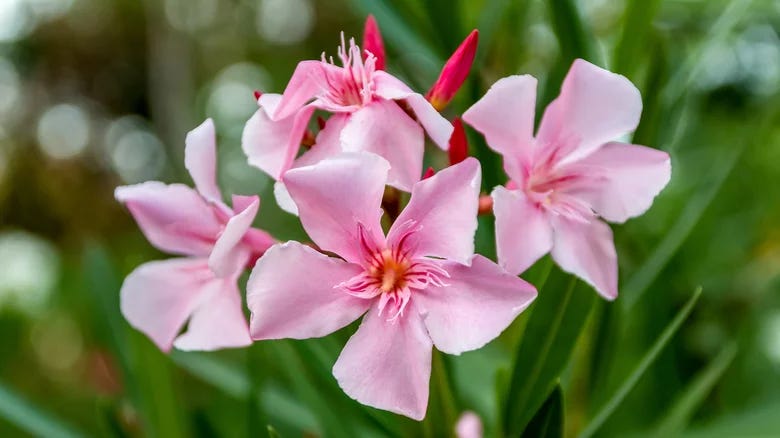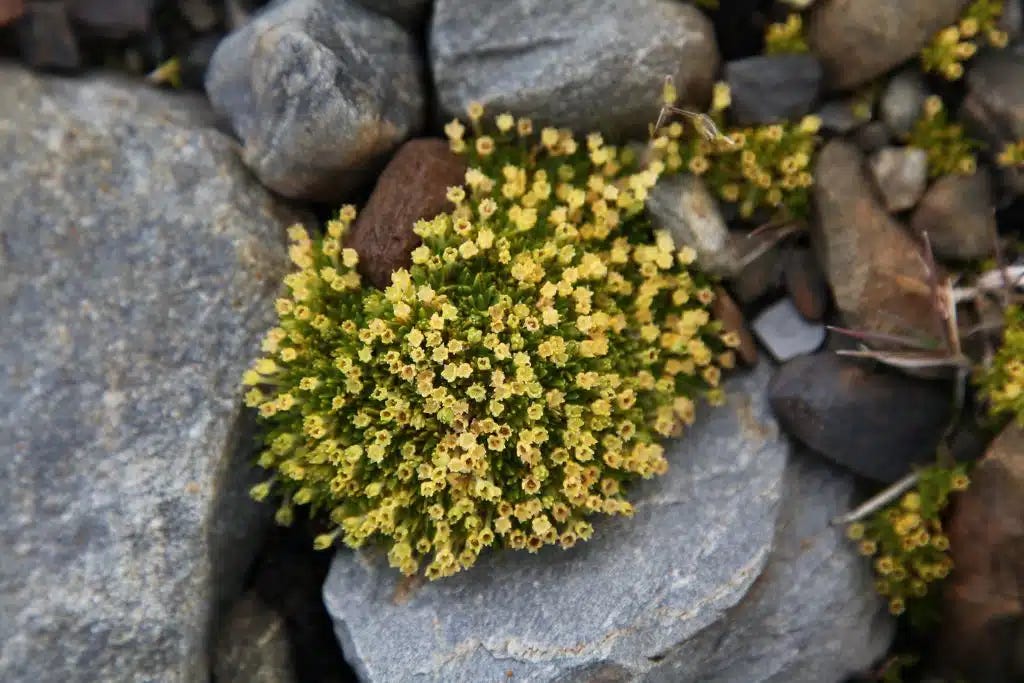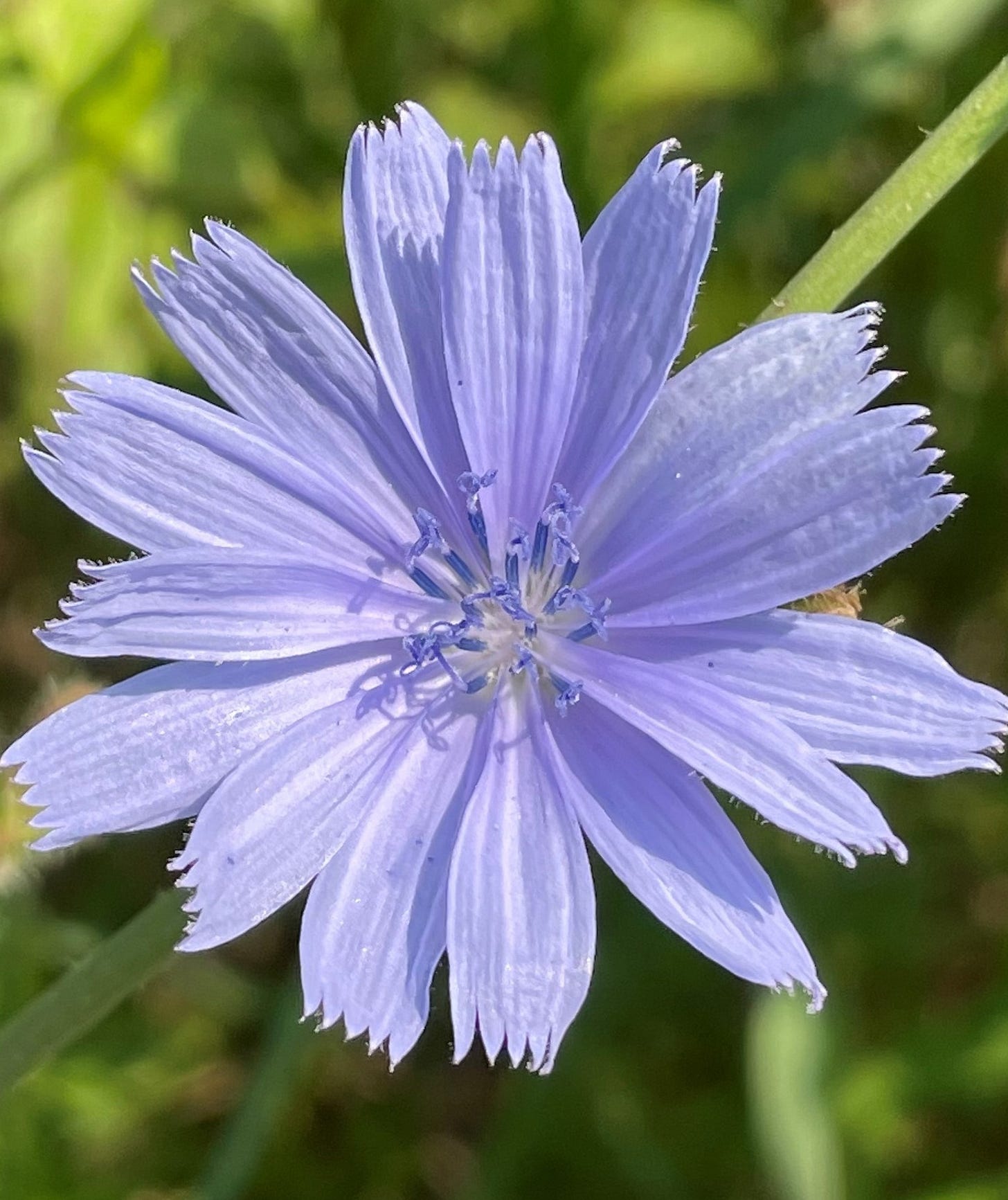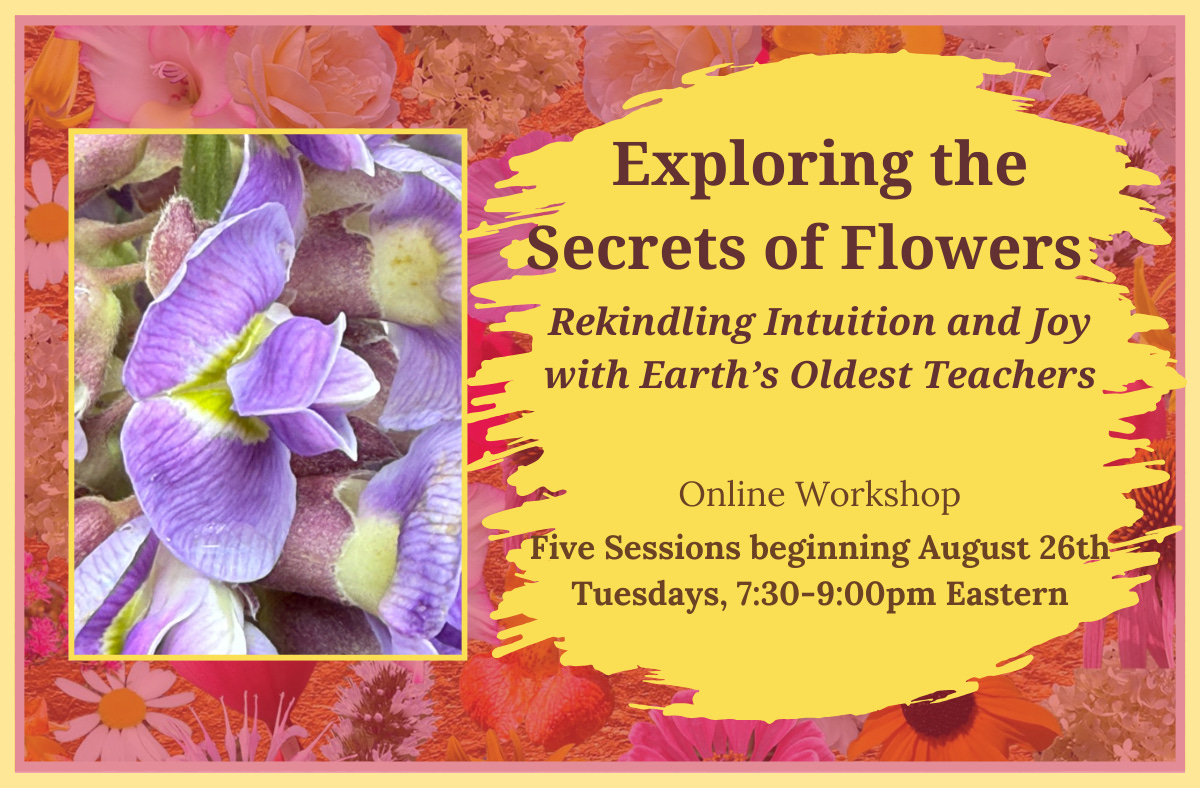What does the word “obliterated” really mean in the long story of our world? The dictionary definition says it means destroyed, broken beyond repair, erased. Yet, while bombs can certainly extinguish a single life, they can never erase life itself. After the atomic bomb was dropped on Hiroshima in August of 1945, it was said by experts that nothing would grow for at least seventy years. Yet the very next spring, profusive amounts of pink oleander flowers bloomed at the bomb site, and all over the city, attesting to the regenerative miracles of these flowers that far surpassed any attempts to obliterate them.
Sometimes, especially in the last five thousand years, we humans do quite large amounts of various forms of devastation; and sometimes nature, Our Mother Earth, does some very destructive acts of Her own. Of course, the former certainly feels more horrific than the latter, but natural disasters are still calamitous to huge amounts of life, both human and non-human.
Yet, in either case, in the ongoing history of our planet Earth, new life always returns, defying that definition of obliteration. The new life might be different, might be changed, but there is always new life, nonetheless. Amazing, jaw-dropping wonder ensues whenever we can see the trajectory of evolution from a wider perspective than just our own life span. To catch a glimpse of the myriads of life forms that have continually ushered forth from the womb of the Earth over the eons is a moment of almost incomprehensible wonder.
I had a cold recently, during the height of the recent Israel-Iran conflict/disaster and looking back, the last time I was sick was right before a huge natural disaster—the twin hurricanes Helene and Milton. At the time, I wrote how from above, the swirl of the hurricanes looked like the swirl of a Queen Anne’s lace flower, and how both, on vastly different scales, were simply seeking their own balance in their ever-changing environments.
I often think about how nature is in constant flux, always changing, never staying the same; and yet our human nature desires everything to remain stable and unaltered—from our families and food to our weather, and the even temperature of our homes. We understandably prefer life to be predictable, to know where our next meal is coming from, and when it will rain, but not too much, if you please. We go to great lengths to control nature, creating our complex civilizations to accomplish these goals that are never sustainable for very long.
Octavia Butler, in her novel Parable of the Sower, says, “God is Change.” If we grew up in a culture that normalized change and uncertainty, I wonder if it would be possible to lessen some of our fear around what might be lost in times of flux. What a relief it would be, if instead of being so fearful of change, we spent our lives preparing for and welcoming it.
Even the most deeply rooted trees, plants and flowers, who must stay in one place all their lives, know more about how to transform themselves in a changing environment than we do.
I recently read an article about new flowering plants growing on one of the outer islands of Antarctica in the warming climate, but the author of the article was worried about “potential risks posed by non-native plant species colonizing Antarctica and the destabilization of the fragile Antarctic ecosystem;” wanting the ecosystem to remain the same rather than accepting that these amazing adaptations are happening and changing the ecosystem. Whether they are for better or worse only depends on one’s point of view. Worse for whom? Better for whom? Our human viewpoint is certainly not the only valid way of looking at the changes that are happening all around us. What if we could celebrate with these flowers for finding a new home and bringing new life to this island?
Flowers and plants are devoted to one thing, and one thing only—new life. Always more life. And this devotion means they are devoted to the Earth, the Earth that bears all life. Always changing, always evolving life, that is also always dying and being reborn anew. Even though the plants can’t move, they know where they have come from, and where they must go. Whether it is trees who’s each new generation moves a little farther north or upslope, or if it is the morning glory whose flower is growing bigger to attract new pollinators, they know they must change so their offspring can survive.
The flowers know innately what to do, because they have been adapting to ongoing change for over 100 million years, continually reinventing themselves with a life force full of love that is stronger than any bomb could ever be. If we begin to listen to them once again as individuals, AND as a species, as our ancestors once did, I am hopeful they will inspire us to stop adding human disasters on top of the natural changes to our environments that trouble us enough by themselves.
My dream is for the flowers to teach all of us this devotion for our Mother Earth once again. For us to open our hearts and honor this beloved planet that feeds us all and generates all Life, as well as Death, in never ending cycles that sustain each other. In a post from this time last year, I asked, if we truly knew we had devotion in our hearts equal to that of a single flower, how would our lives be different? With each flower carrying millions and millions of years of single-hearted devotion to Life, how can we help but open our hearts to them? What I once regarded as “only a simple flower” I now seen as my greatest elder, my wisest grandmother.
This past weekend I was able to embody some of this devotion myself at the Feast Day of our Lady of Woodstock, the site of an apparition of our Great Mother, that is detailed in the book The Way of The Rose, the Radical Path of the Divine Feminine Hidden in the Rosary by Clark Strand and
. A book that answered so many questions for me. I’m not sure if my devotion to Our Great Mother, our beloved Earth, has given birth to my deep connection to the flowers, or if my devotion to the flowers has led to my devotion to Her. Suffice it to say they are intricately interwoven for me, simply being different aspects of the Divine.Sometimes the simplest devotions are the deepest. When I wrote my post on devotion last summer, it was the radiant blue faces of chicory flowers that inspired my words; and once again this year, their open faces on a midsummer morning obliterate any worries I might have had the night before from reading the news.
In the Middle Ages, chicory’s habit of radiantly opening to the morning sun gave them the common name “Sun’s Bride,” a phrase I find captures the essence of their devotion to Life.
The chicory say to me as I turn to face the sun with them, “Our bright blue faces welcome the sun, letting you know you are worthy of being loved for who you are, just as the sun loves me each morning. I am the Sun’s Bride.”
Mary Porter Kerns is the author of the forthcoming book by the same name, The Flowers Are Speaking, A Million Year Love Story is an intimate journey into the entwined evolution of flowers and human beings—weaving together science, history, stories, and earth-based mysticism to offer a radical vision of how we can best reconnect with the ancient guidance of the earth. In fall of 2022 she self-published the first edition of her oracle cards, also called The Flowers Are Speaking, that sold out in three months.
Her highly acclaimed workshops allow participants to experience the flowers as she does through their senses and intuition. Her only offering this fall, Exploring the Secrets of Flowers: Rekindling Intuition and Joy with Earth’s Oldest Teachers will begin in late August. More workshops will be offered in 2026.








So nourishing on a day like today. I didn't know about the pink oleander in Hiroshima. Thank you Mary!
I love that you focused on change. There are 2 givens in life: Change and Death.